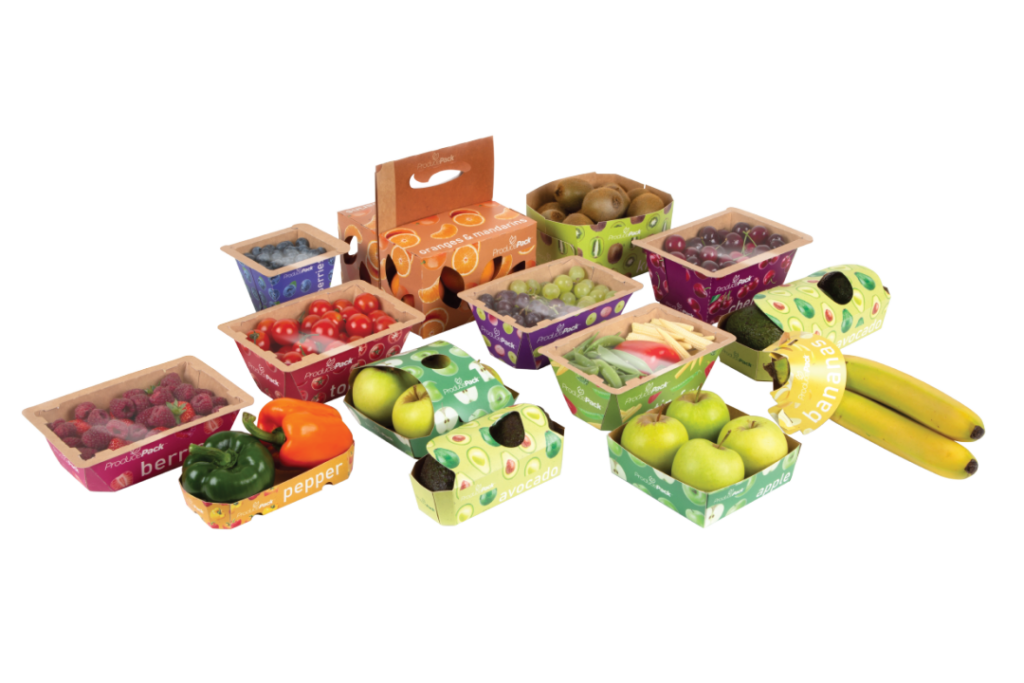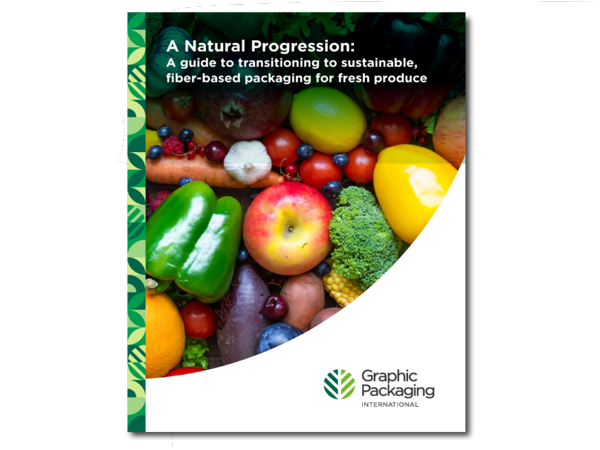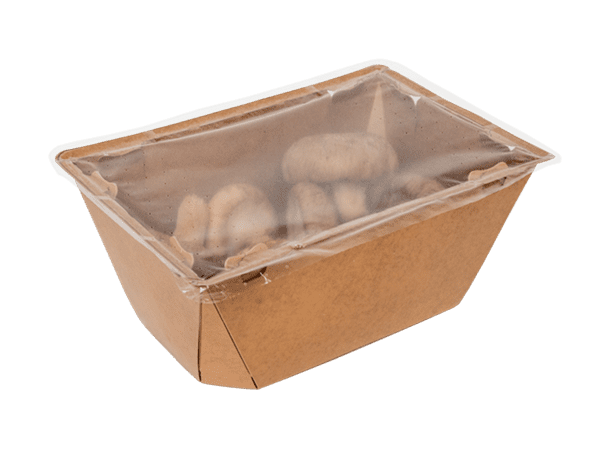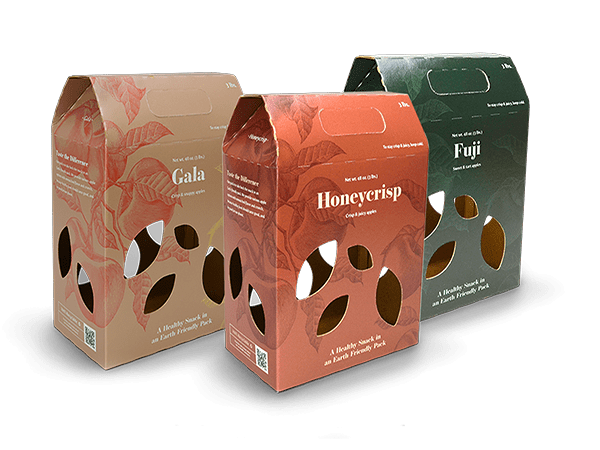article
Why Paperboard Packaging for Fresh Produce Could Be Your Key to Success

Although it may have slipped down the agenda during the pandemic, the need for more sustainable packaging never went away.
As the food industry prioritized throughput and supply chain resilience to keep food on the table through the pandemic and beyond, sustainability remained a concern for many consumers. A McKinsey survey found that almost half of US consumers are more concerned about packaging sustainability than they were before the pandemic. In other markets, such as China and India, this number was even higher, with over 75% of Indian consumers showing more concern. The same study also found that over half of US, UK, and other European consumers would be more willing to pay more for products that were packaged sustainably.
Globally, negative perceptions and regulation around plastic packaging are growing, and the need for growers, packers and retailers to adopt more sustainable solutions is becoming ever more important.
There is still much to be done to further reduce the global reliance on plastic and part of this journey involves clearing up misconceptions surrounding paperboard packaging which may be holding some of you back.
Myth 1: There’s no environmental benefit to making the switch
Paperboard packaging provides the environmental advantage of deriving from trees, a renewable resource. Conversely, plastic packaging derives from fossil fuels, such as crude oil and natural gas, a non-renewable resource. Fossil fuels, once used, cannot be replenished in the human lifetime.
Paperboard packaging also offers significantly higher recycling rates than the plastic equivalent. Figures from the United States Environmental Protection Agency show that paper and paperboard packaging had a recycling rate of 68.2% in the US, compared to just 16.3% for plastic packaging. In Europe, 82 percent of paper and cardboard packaging was recycled, which was over double the amount of plastic at just 40.6 percent.
Myth 2: It’s not tried and tested
Traditionally, plastic packaging has served the purpose of protecting, preserving and best presenting fresh produce. However, changing consumer perceptions have influenced market trends to the point where retailers are more willing to adopt plastic alternatives.
For an illustration of how switching to a paperboard packaging line can boost produce brands, look to our work with The Tomato Stall. This collaboration resulted in the first-to-sector range of paperboard packs, which eliminated the need for plastic trays and flow wrap.
Both designs, which were used to pack three varieties of tomato, underwent extensive fridge and shelf-life testing to ensure they did not absorb moisture ensuring maximum shelf-life potential. Identifiably organic due to the rustic brown finish of the kraft board used, the packs married perfectly with The Tomato Stall’s desired brand messaging and appealed to modern, eco-friendly consumer values.
Myth 3: Cost – plastic is cheaper
It’s certainly true that plastic packaging has traditionally been the lowest cost solution.
However, markets such as the UK, France, Spain and Canada have passed laws designed to limit the use of, or ban, single-use plastic packaging for fresh produce. In many cases, these measures come with strict financial obligations. Examples of this are the UK’s recently introduced plastic packaging tax, and Extended Producer Responsibility (EPR) regulations being implemented around the world that ensure producers of plastic packaging are given significant liability for the treatment and disposal of post-consumer products.
The plastic market is currently challenged, with commodity price increases and insufficient availability of recycled plastic to satisfy the demand fostered by the Plastic Pact and commitments of large corporations, as well as the legislative plastic bans and further incentives from the plastic tax implementation. As such it is expected that paperboard packaging will become more cost competitive with its plastic counterpart, while providing much greater sustainability value.
Myth 4: It won’t suit my produce
All fresh produce has its own specific needs. From berries to apples, plastic has safely housed a variety of fresh fruits and vegetables as the packaging material of choice for decades. However, one of the key advantages of paperboard packaging is that it can be customized to each application, for example by adding vents to allow for gas flow, using appropriate coatings and sealing technology to offer the required barrier properties or designing for strength.
Attitudes towards paperboard produce packaging have shifted significantly in recent years, with changing consumer preferences and legislative pressure providing compelling arguments to switch. As more businesses choose to adopt paperboard solutions, this will only increase the available evidence of their effectiveness.


